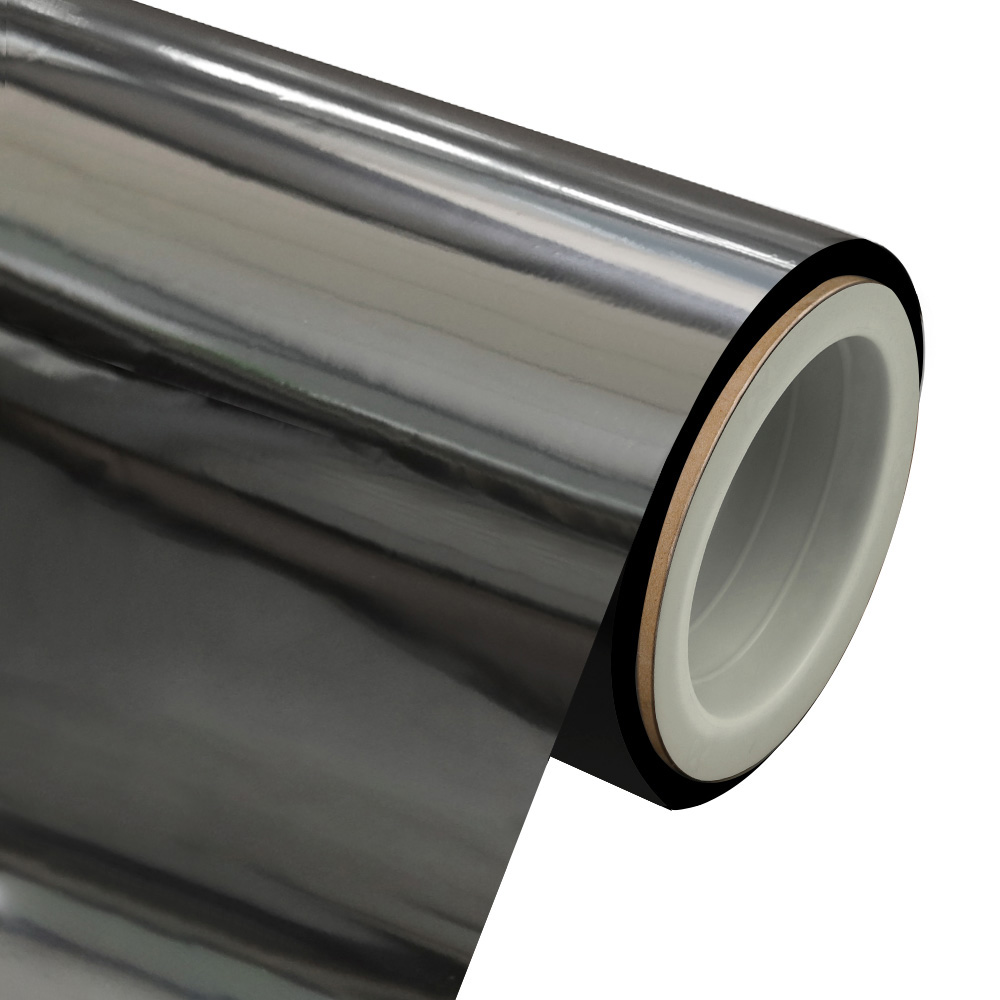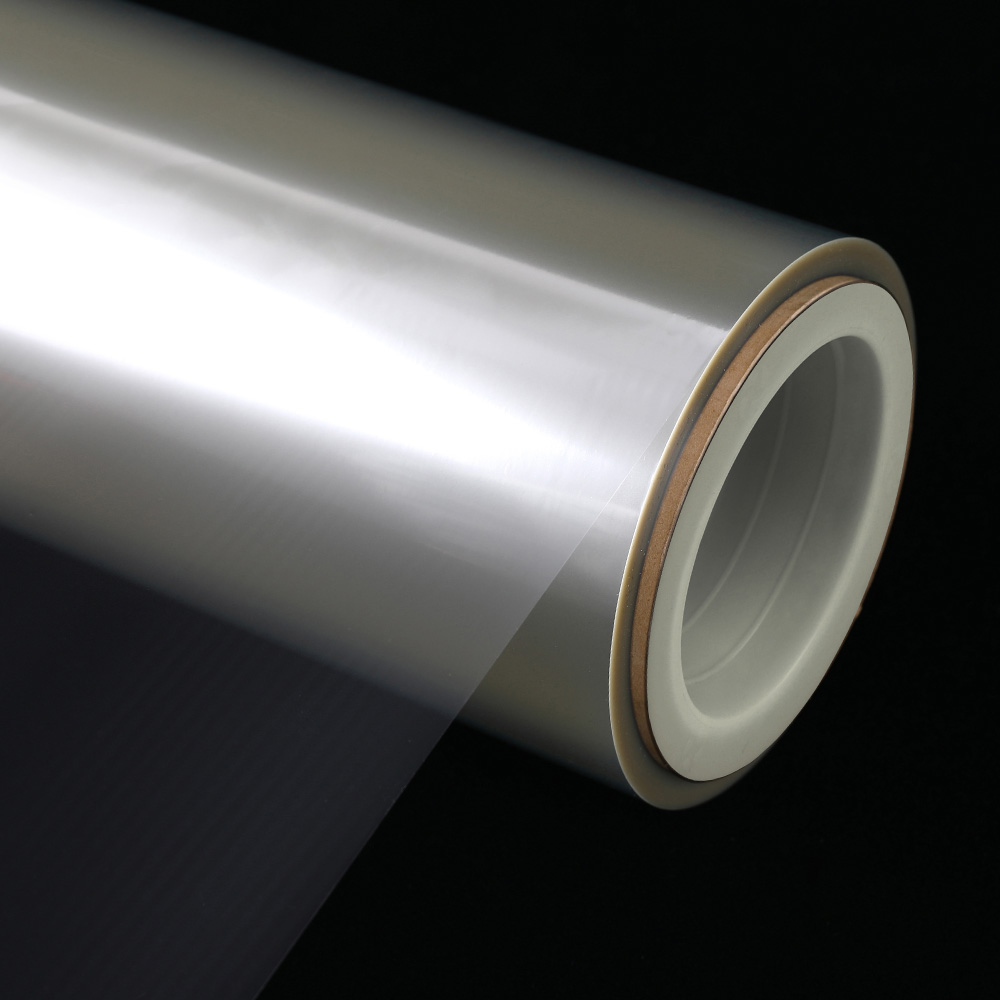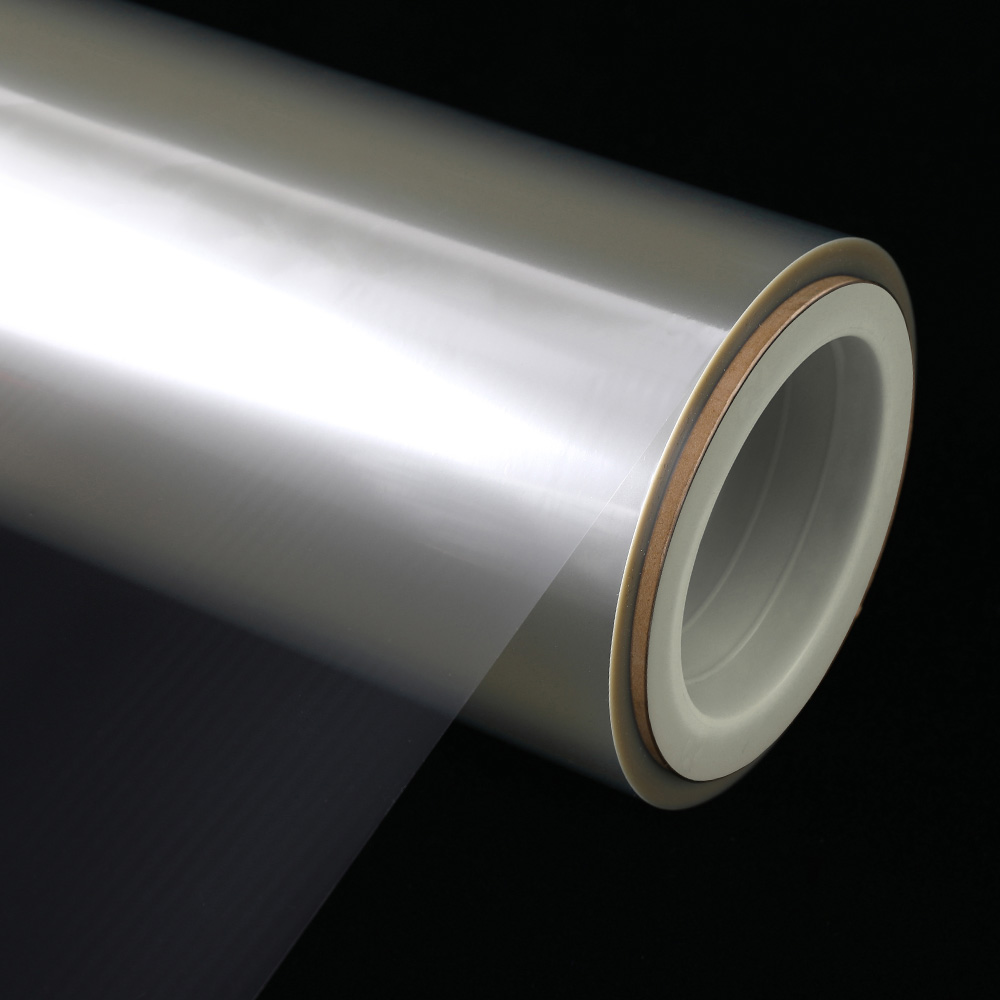What are the benefits of metallized CPP films as lamination substrates?
Metallized CPP Films offers good printability and inter-layer bond strength. It is also easy to process. Here is how metalized CPP films are produced.
Metallized CPP films are used as lamination substrates
Metalized CPP films are heat-sealed, once-side-corona-treated, and have almore identical properties to aluminum foil. These films are used as lamination substrates in packaging applications such as snacks, confectionery, and detergent. Metalized CPP films are also widely used for packaging and lamination in other industries. Their high opacity and moisture barrier properties make them choices for packaging applications.
These films offer tear resistance, gas and moisture barriers, and exceptional seal strength. The metallization process results in a material with a low SIT (Standard Instability Temperature), which is desirable in packaging applications. Metalized CPP films are available in standard thicknesses of 20 to 30 microns. Their high heat seal strength (up to 2.5 kg/in.) makes them ideal for lamination of various products.
Lamination processes are time-consuming. Depending on the material used, wait times of 12 to 24 hours are common. The adhesives used in lamination are usually low or medium-molecular-weight. In some cases, adhesives may not adhere to the substrates unless the two-component adhesive has a stoichiometric balance. For example, an adhesive with a higher stoichiometry will bond better to non-polar films than one with a lower stoichiometry.
They offer inter layer bond strength
The metalized film is designed for multilayer laminate structures and provides enhanced barrier and seal strength. It also exhibits high yield economics and good puncture resistance. Depending on the application, this film can be produced with a standard thickness of 20 to 30 microns.
This film offers barrier properties and a higher level of protection against ultraviolet radiation. Its cost-effectiveness makes it an alternative to aluminum foil. Metalized CPP films offer improved barrier performance compared to aluminum foil. Some of the benefits of these films include increased barrier strength, increased shelf life, and enhanced appearance. These films are commonly used for packaging in the food and beverage industry and are even suitable for specialty applications, such as medical and aerospace industries.
They are easy to process
In recent years, the demand for Metalized CPP Films has increased. They are highly transparent and have an immaculate gloss finish. In addition, they are relatively inexpensive and offer yield per area. The manufacturing process of CPP Films is relatively simple, making them an attractive choice for packaging products.
The main advantage of Metalized CPP Films is their ease of processing. The manufacturing process consists of corona treatment, traction, and flattening. The film surface is also important, as the amount of internal additives can alter its quality. In addition, CPP film thickness can impact ripple effects and the level of volume. In this article, we will examine the different manufacturing processes involved in the processing of Metalized CPP Films.
They offer good printability
Different variants of CPP films known for their high printability and barrier properties, along with seal strength. The film's printability and barrier properties are key benefits that make it a preferred choice for flexible packaging applications.
General cast polypropylene films are prone to be the largest segment by 2026, driven by the rising universal utilization of CPP films. Their high clarity is likewise anticipated to fuel growth in the coming years. Metalized CPP films are expected to grow at a higher than normal industry CAGR, as these films are suitable for packaging confectionerie and pastry shop items. In addition, the growing sustenance and beverage industry is likely to boost their demand over the forecast timeframe.
Metallized CPP films are used as lamination substrates
Metalized CPP films are heat-sealed, once-side-corona-treated, and have almore identical properties to aluminum foil. These films are used as lamination substrates in packaging applications such as snacks, confectionery, and detergent. Metalized CPP films are also widely used for packaging and lamination in other industries. Their high opacity and moisture barrier properties make them choices for packaging applications.
These films offer tear resistance, gas and moisture barriers, and exceptional seal strength. The metallization process results in a material with a low SIT (Standard Instability Temperature), which is desirable in packaging applications. Metalized CPP films are available in standard thicknesses of 20 to 30 microns. Their high heat seal strength (up to 2.5 kg/in.) makes them ideal for lamination of various products.
Lamination processes are time-consuming. Depending on the material used, wait times of 12 to 24 hours are common. The adhesives used in lamination are usually low or medium-molecular-weight. In some cases, adhesives may not adhere to the substrates unless the two-component adhesive has a stoichiometric balance. For example, an adhesive with a higher stoichiometry will bond better to non-polar films than one with a lower stoichiometry.
They offer inter layer bond strength
The metalized film is designed for multilayer laminate structures and provides enhanced barrier and seal strength. It also exhibits high yield economics and good puncture resistance. Depending on the application, this film can be produced with a standard thickness of 20 to 30 microns.
This film offers barrier properties and a higher level of protection against ultraviolet radiation. Its cost-effectiveness makes it an alternative to aluminum foil. Metalized CPP films offer improved barrier performance compared to aluminum foil. Some of the benefits of these films include increased barrier strength, increased shelf life, and enhanced appearance. These films are commonly used for packaging in the food and beverage industry and are even suitable for specialty applications, such as medical and aerospace industries.
They are easy to process
In recent years, the demand for Metalized CPP Films has increased. They are highly transparent and have an immaculate gloss finish. In addition, they are relatively inexpensive and offer yield per area. The manufacturing process of CPP Films is relatively simple, making them an attractive choice for packaging products.
The main advantage of Metalized CPP Films is their ease of processing. The manufacturing process consists of corona treatment, traction, and flattening. The film surface is also important, as the amount of internal additives can alter its quality. In addition, CPP film thickness can impact ripple effects and the level of volume. In this article, we will examine the different manufacturing processes involved in the processing of Metalized CPP Films.
They offer good printability
Different variants of CPP films known for their high printability and barrier properties, along with seal strength. The film's printability and barrier properties are key benefits that make it a preferred choice for flexible packaging applications.
General cast polypropylene films are prone to be the largest segment by 2026, driven by the rising universal utilization of CPP films. Their high clarity is likewise anticipated to fuel growth in the coming years. Metalized CPP films are expected to grow at a higher than normal industry CAGR, as these films are suitable for packaging confectionerie and pastry shop items. In addition, the growing sustenance and beverage industry is likely to boost their demand over the forecast timeframe.


 English
English  中文简体
中文简体 





